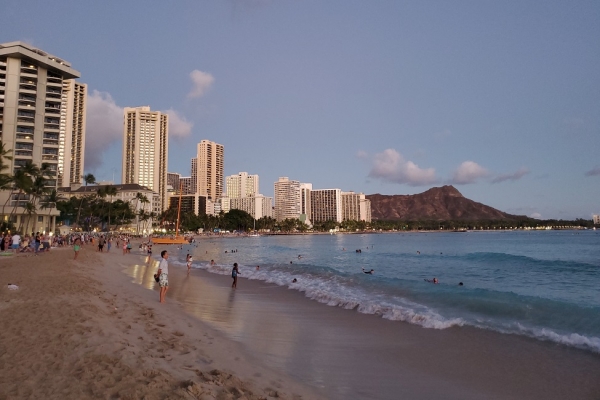Tidal flats, also known as mud flats, make up coastal wetlands that protect against destructive powers from the ocean such as waves, tsunamis and hurricanes.
Tidal flats, also known as mud flats, make up coastal wetlands that protect against destructive powers from the ocean such as waves, tsunamis and hurricanes. These guardians of the coastlines, however, are under threat due to natural and human events. Climate change including sea level rise and rapid urbanization have resulted in a “coastal squeeze” between land and sea. More than 20,000 kilometers of tidal flats have shrunk worldwide since 1984. In the U.S., human development has made irreversible damages to tidal flats.
To date, research investigating patterns of tidal flat loss due to urban expansion has only been conducted in small areas. For the first time, a new Florida Atlantic University study provides a “big picture” examination that demonstrates the impacts of urban expansion on tidal flat environments across the contiguous U.S.
Out of 226 seaside counties, researchers selected 156 that were directly by the seaside and had a share of tidal flats greater than 1 percent as of 1985. They examined data from 1985 to 2015 to identify change patterns of tidal flats and urbanization in those counties, of which 76 percent were by the seaside, and assessed correlations between tidal flat loss and urban expansion. They used annual maps of tidal flats and urban expansions and a pixel-based approach to track and analyze land cover transitions. They overlapped the maps to conduct a series of correlation assessments between urban expansion and tidal flat erosion over the 31-year study period.
Results of the study, published in the journal Science of The Total Environment , reveal how human activities, rather than natural factors, have impacted tidal flat environments in the contiguous U.S. Urban expansions have not only substantially squeezed the space of tidal flats, but also significantly affected the surrounding tidal flat environments over three decades. Tidal flats surrounding new urban areas have undergone considerable degeneration and the patterns appear more significant as they get closer to new urban locations.
Read more at Florida Atlantic University
Image: A beachfront demonstrates how an urban area touches and affects the coastal environment. (Photo credit: Chao Xu, Ph.D.)






